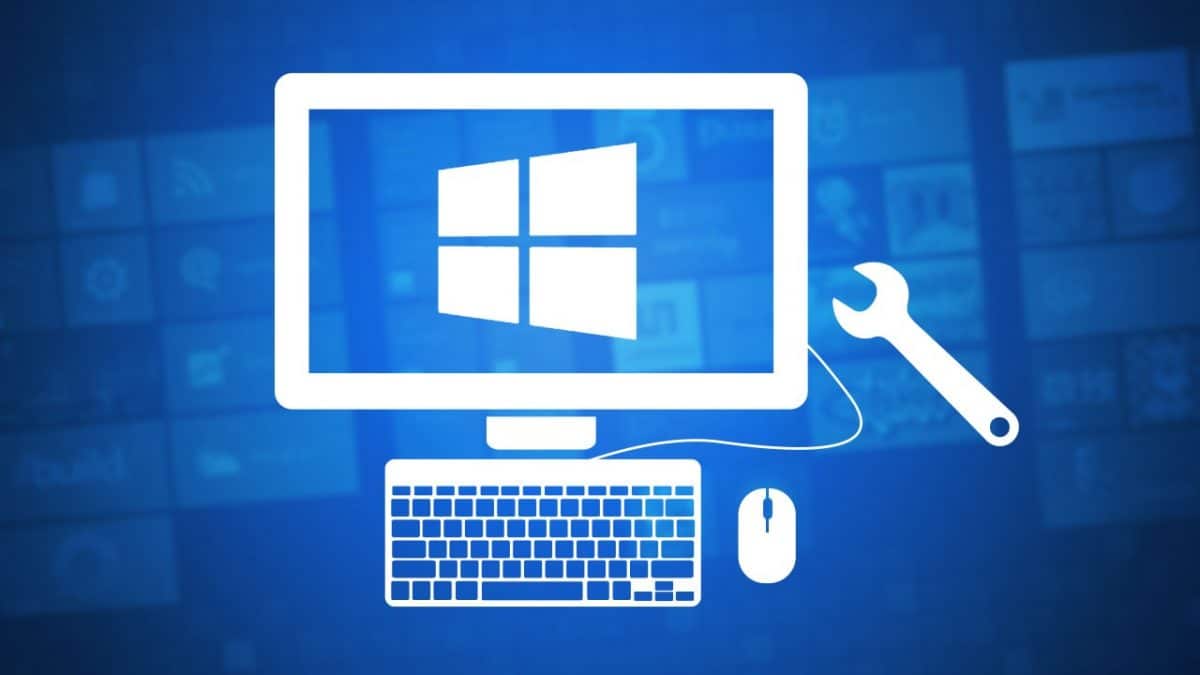10 solutions for when Windows 10 doesn’t install updates. Windows update is very important and should be done whenever they are available. Sometimes, however, Windows 10 updates are not installed and a workaround needs to be found.
Unfortunately, there is no single answer as to why this happens. In some situations, services that depend on the Windows Update tool may be disabled, and in others, important update-related files may be corrupted or installations may be blocked by security software. This guide only applies to Windows 10.
What to do when Windows 10 updates are not installed
Follow these steps in order, preferably restarting your computer after each and then double-checking Windows Update (step 1 below) to see if it fixed the problem.
1. Check and install updates manually. If you’ve heard that some updates have been made to Windows 10 recently but you don’t see them applied, it could be because Windows hasn’t checked them.
While this might seem like a no-brainer, try it anyway – selecting the Check for Updates button might be all you need to do to get Windows 10 to install updates again.
2. Run the Windows Update Troubleshooter. This allows Windows to fix the problem on its own and is by far the easiest first step in troubleshooting updates in Windows 10.
To do this, open the Control Panel, search and open Troubleshoot. Select View All from the left side of the screen, then choose Windows Update from the list. Follow the on-screen instructions to run the troubleshooter.
3. Use the Update Assistant on the Microsoft website. This is the ideal solution when Windows 10 is not updating especially if you are waiting for a feature update.
Select Update Now at the top of that page to download the update utility. Once downloaded, open it and follow the instructions to install the latest Windows 10 feature updates.
4. Deactivate your security software. Things like antivirus software and VPNs can sometimes cause problems with downloads, so temporarily disable them to see if Windows 10 resumes updating.
5. Make sure you are not using a metered connection, which will limit the amount of data your computer can use. A broadband Internet connection is required to download new updates from Microsoft.
To check this, open Windows Settings via the WIN + I keyboard shortcut or via the Power User menu, then select Network and Internet. Select Properties next to the active connection type to view metered connection details.
If applicable, turn off Set as metered connection and then check for updates again. All pending updates should now complete.
6. Activate the Windows Update service if it is not already active. This is required for updates to run, which means Windows 10 won’t update without it. Here’s how- search and open services in the Start menu, open Windows Update from the list, change the “Startup Type” to Automatic, select Start, then OK. If that doesn’t fix the problem, try starting Background Intelligent Transfer Service and Cryptographic Services as well.
7. Restart important services via an elevated command prompt. If you got errors during step 6 or those directions didn’t help, this is the best option to take. After opening Command Prompt as Administrator, type this command followed by Enter:
net stop wuauserv
Do the exact same thing for all of these commands (run it, wait for it to finish, and then continue with the next one):
- net stop cryptSvc
- net stop bits
- net stop msiserver
- ren C- \ Windows \ System32 \ catroot2 catroot2.old
- net start wuauserv
- net start cryptSvc
- net start bits
- net start msiserver
- net localgroup administrators networkservice / add
- net localgroup administrators localservice / add
8. Delete everything in this folder:
C- \ Windows \ SoftwareDistribution
The contents of this folder are temporary files that are sometimes used to install operating system updates. If these files get corrupted, Windows 10 may not install updates.
To do this, open the Run dialog (WIN + R) and enter that path to open the folder. Highlight everything that is there (Ctrl + A) and then use Shift + Del to remove everything.
9. Check how much free space is available on your hard drive. You need a lot of free storage space on your hard drive before you can install updates, so try to get more free space by emptying the Trash, deleting files, backing up files elsewhere, or uninstalling unused programs.
10. While an unlikely solution, a DNS server could be the reason Windows 10 won’t update. There are many alternative DNS servers you can choose from, and changing them is easy.

